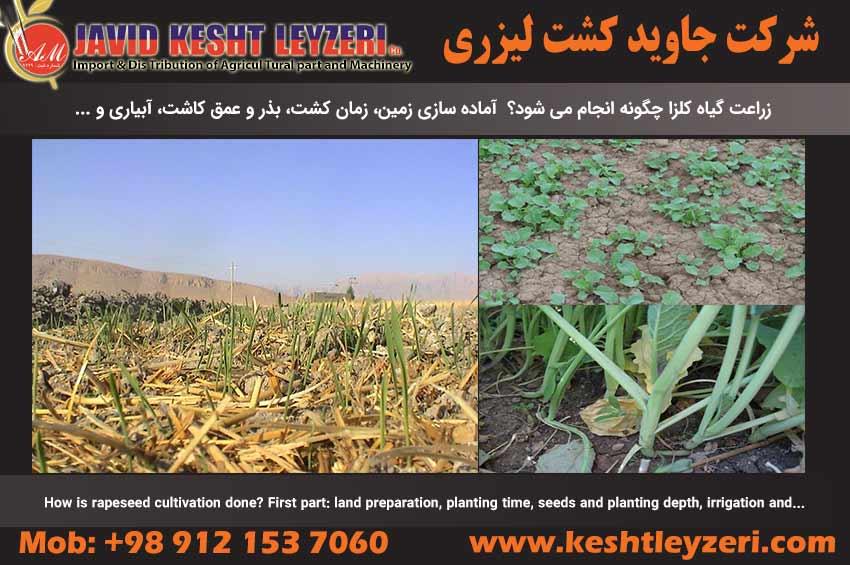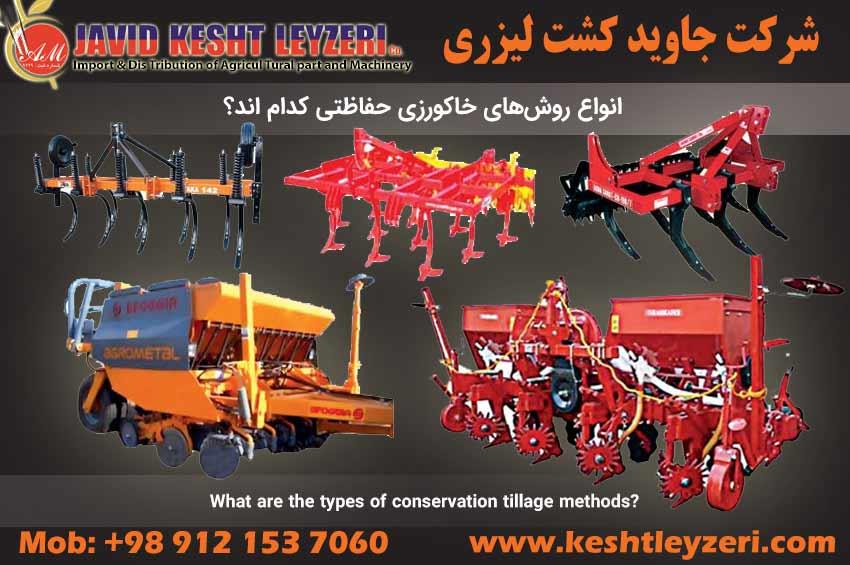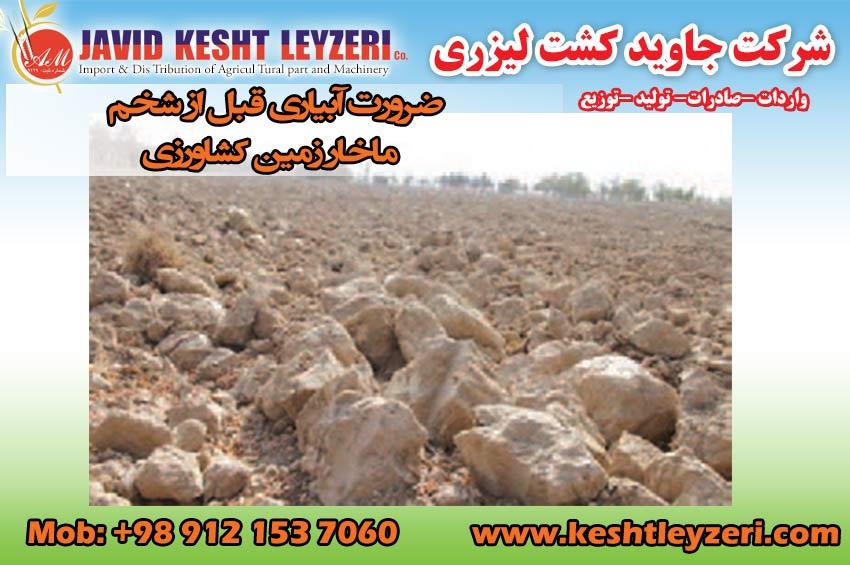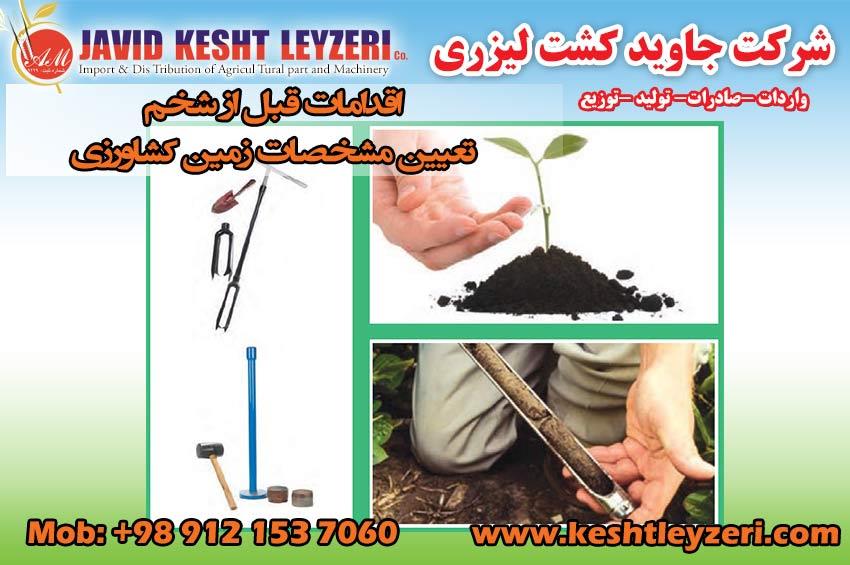- 11 Dec 2023
- 1634
How is rapeseed cultivation done? First part: land preparation, planting time, seeds and planting de
Cultivation of rapeseed is usually alternated with autumn cereals and after wheat. After harvesting the straw and stubble of the previous crop, it is necessary to remove the soil from it for rotting the residues and using a heavy disk to provide suitable conditions for the rotting of the residues in the soil. Adding 50 kg/ha of urea fertilizer to the soil and irrigation accelerates the rotting of the residues, and the large amount of straw and stubble left in the soil, which has not rotted, increases the porosity of the soil and prevents the contact of rapeseed with soil particles and seed dehydration. he does. Due to the small size of rapeseed seeds, preparing a suitable seedbed is one of the primary measures for high fertility.
- 06 Dec 2023
- 1680
What are the types of conservation tillage methods?
Keeping plant residues on the surface is a distinctive feature of conservation tillage methods, which distinguishes this method from conventional methods. All conservation tillage systems maintain at least 30% of the field surface with plant residue cover.
- 15 Jan 2023
- 3429
The necessity of irrigation before plowing the agricultural land
Plowing goals are realized when it is done at the right time and under the right conditions. One of the most important conditions for the successful implementation of plowing is that the soil moisture is good or favorable at the time of plowing. Based on this, if soil moisture is less than optimal for plowing, it should be irrigated first.
- 14 Jan 2023
- 1264
Actions before plowing - determination of characteristics of agricultural land
Soil is a dynamic and natural substance that is located on the surface of the earth. Soil is formed by physical, chemical and biological factors from bedrock over time. Its properties have gradually changed and evolved as a result of the climate and living organisms and turned into an active and living mass. In order for the soil to be a suitable environment for the growth of plants, it should be strengthened or modified according to the desired type of plant, because the soil provides the main part of water, nutrients, and air needed by plants and is a place for the establishment and growth of plant roots.




